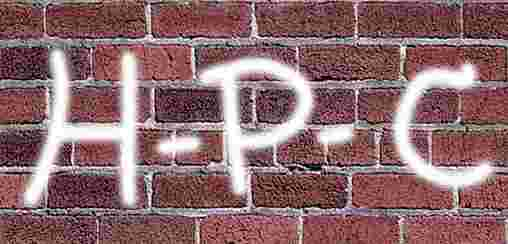|
|

design practice and theory
CLICK THE RED DOTS IN THE LOGO TO OPEN NEW PAGES AT RANDOM |
|
|

design practice and theory
CLICK THE RED DOTS IN THE LOGO TO OPEN NEW PAGES AT RANDOM |

| This formula is the foundation of my theory of design as it states
that any product (P) expresses its essential relations both with
humans (H) and their contest or environment (C). This relationship can
be very complex and involve, for example metaphysic interpretations or
esthetical modes, but basically serves men to adept and accomodate himself
to his habitat.
It is explained in structural terms on my page on design theory. |
| In peircean semiotics this is a *sign of essence*, that is an iconic image of a perceived reality, *determined by the idea of it. ...without any definite linkage to an object to which it may potentially refer*. The idea behind this example of an iconic sinsign, as Peirce likes to call it, is that any product is an expression of its relation between man and his environment., even if the actual product is not shown here. (note 1) |
| In the Cabbala it is called Yesod, appropriately defined as the foundation of the physical world, animate and inanimate. *..Yesod can be said to hold the image of everything that exists in the physical world, and thus it is the Storehouse of Images. And yet it not only contains these images, it has the power of altering them...This particular aspect of Yesod is that which is stressed in the Yetziratic Text: *The Ninth Path is called Pure Intelligence because it purifies the Emanations. It proves ... and corrects the designing of their representations...* which results of course in functional forms in the physical world, Malkuth.* (note 2 and 3) |
| note 1 | Floyd Merrell, Semiosis in the Post...p.137 ff. |
| note 2 | Gareth Knight, A practical Guide to Quabalistic Symbolism, Samuel Weiser, York Beach, Maine, USA, 1993 (1965).p.175 ff. |
| note 3 | Yetzira, the Book of Creation, written somewhere between the 3rd and the 6th cent., that explains the significance and the function of the 32 Roads of Wisdom (10 Sephiroth and 22 consonants of the hebrew alphabet). See: Gershom Scholem, Zur Kabbalah und ihrer Symbolik, Suhrkamp, Frankfurt, 1995 (1973) p.220 |
| next page: About modern easy chairs |